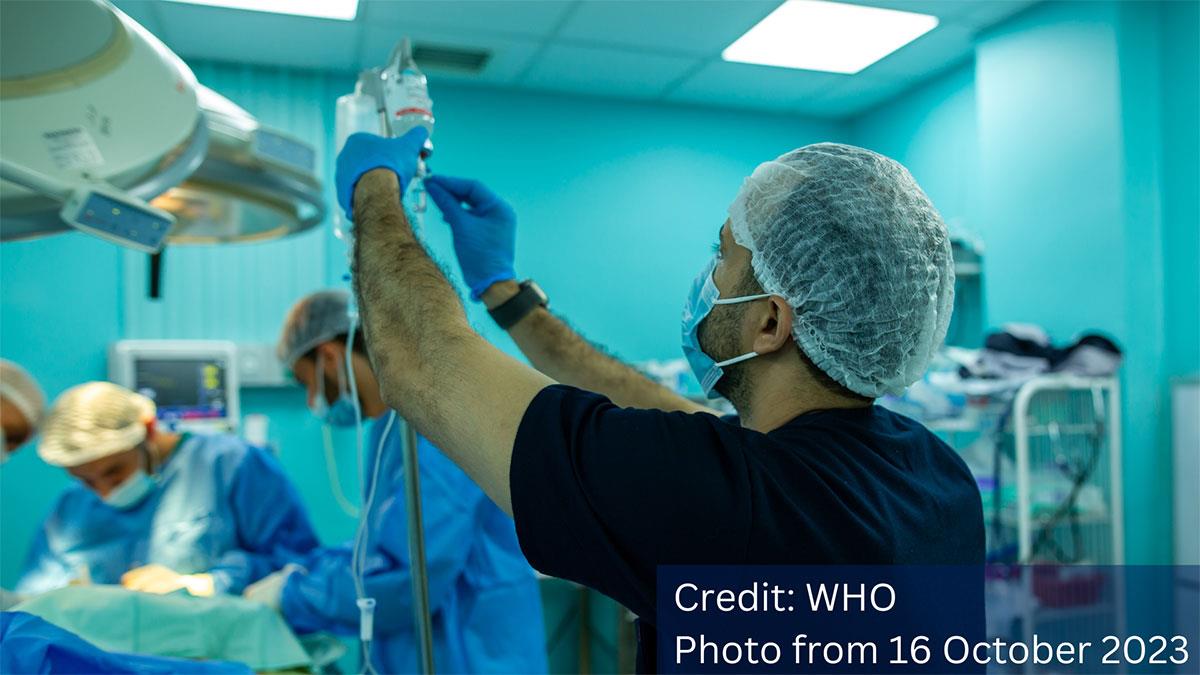
GENEVA — Every day, approximately 800 women and 6,700 babies lose their lives around the time of childbirth. In addition, nearly 5,400 babies are stillborn daily, with 40% of these deaths occurring in relation to labor and childbirth.
Highlighting those numbers, the World Health Organization (WHO) is calling on healthcare facility managers, leaders and health workers around to adopt a set of 5 World Patient Safety Day Goals 2021 to improve maternal and newborn safety.
The goals were launched at a virtual global conference on World Patient Safety Day, marked this Friday, on the theme: safe maternal and newborn care.
Most deaths ‘avoidable’
For WHO, with all the risks compounded by the disruption of services caused by the COVID-19 pandemic, the campaign is even more important this year.
Most stillbirths, maternal and newborn deaths, are avoidable; as long as safe, respectful and quality care is received during pregnancy, childbirth and in the first days of life.
The new goals seek to improve maternal and newborn safety at the point of care, and to accelerate action towards the Sustainable Development Goals (SDGs) by 2030.
Despite the progress made in reducing maternal and newborn mortality and illness since 1990, the world is far from achieving the targets laid out in the SDGs.
The SDGs prioritize maternal mortality reduction, asking for a global average maternal mortality target, of less than 70 per 100,000 live births. A further target is that no country should have a maternal mortality rate greater than 140 per 100,000 live births.
‘Act now’
Some of the main objectives are to reduce unnecessary and harmful practices to women and newborns, strengthen capacity of — and support to — health workers, promote respectful care, improve safe use of medication and blood transfusion, and report and analyze safety incidents in childbirth.
A major reason for not achieving this target is a failure to address unsafe and poor-quality care.
Unsafe care includes issues such as delayed and incorrect diagnosis, patient misidentification, medication errors, anesthesia and surgical errors; unsafe transfusion and injection practices; lack of infection control practices; unnecessary interventions and mistreatment.
WHO leads and provides global direction on patient safety through the Global Patient Safety Action Plan 2021-2030, which was adopted by the World Health Assembly in May this year. World Patient Safety Day was established by the World Health Assembly, in 2019. — UN News











